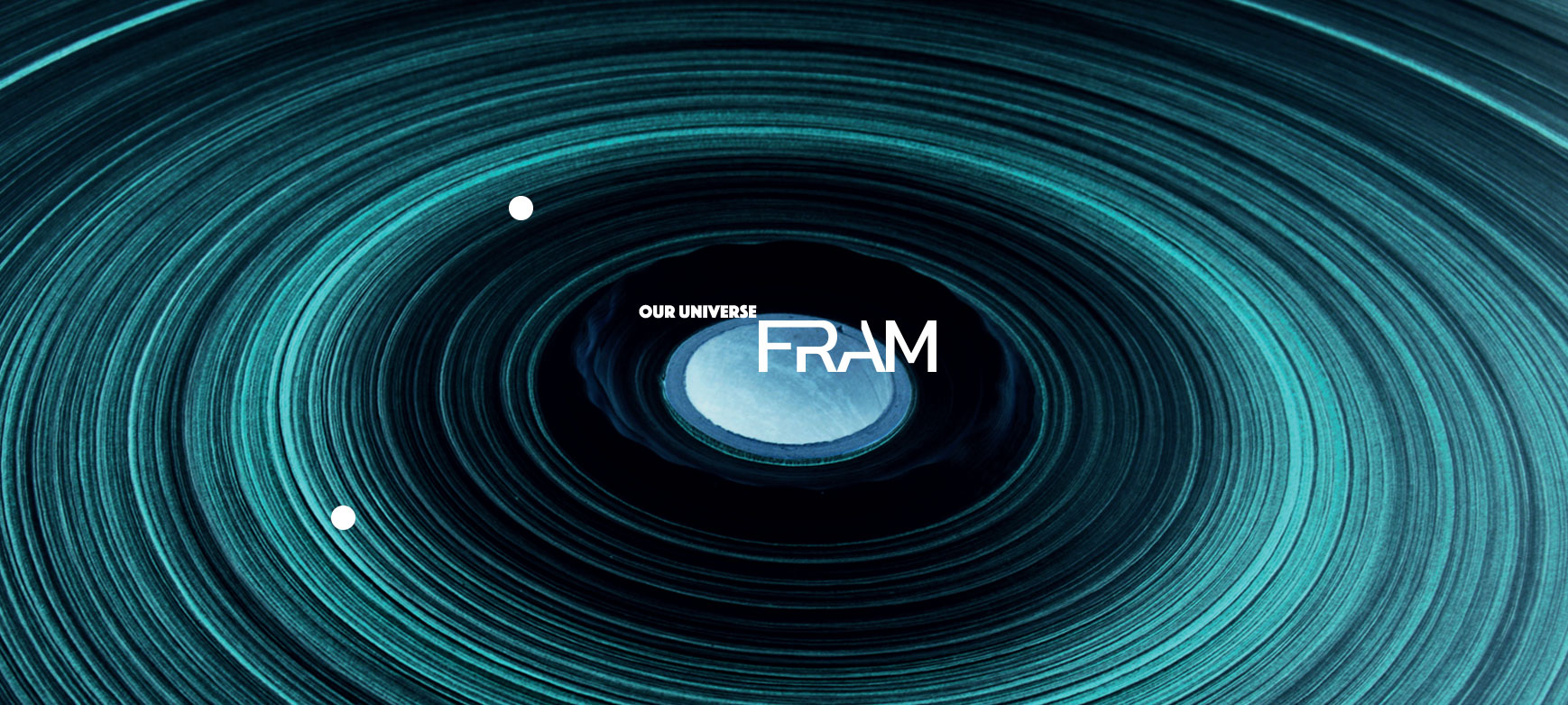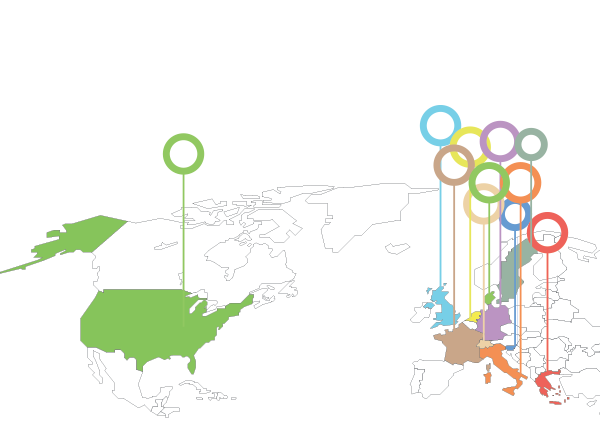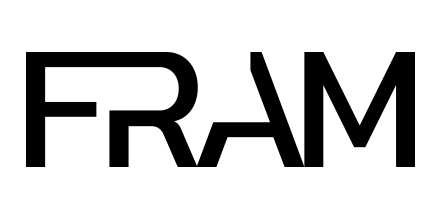
A STAR AND ITS PLANETS …
Whatever customers need, Fram is able to support them with qualified experts.
Fram has become a solid and technology-oriented company, able to gain the loyalty of different types of national and international customers.
Fram is able to guarantee that every product meets high quality and innovation standards; the accurate and timely controls allow the company to obtain absolute and constant quality of the products in compliance with the delivery times.
Thanks to its utmost attention to the customer requirements, its long experience gained over the years and its flexibility in meeting the customer needs, FRAM can offer customized products as well as a full service, which starts with developing the project to obtain the most appropriate solution, followed by a sampling process that ensures production according to the arranged specifications.
FRAM srl manufactures two families of products: MODULCART and OPTIMA
PLANET EARTH: HERE WE ARE!
Whatever customers need, Fram is able to support them with qualified experts.
Fram has become a solid and technology-oriented company, able to gain the loyalty of different types of national and international customers.
Fram is able to guarantee that every product meets high quality and innovation standards; the accurate and timely controls allow the company to obtain absolute and constant quality of the products in compliance with the delivery times.
Located in the center of Brianza, the capital of furniture par excellence, Fram srl decided to make the most of its premises by providing a warehouse or storage center of continuous-form semi-finished products and ensuring accurate daily and fast deliveries to its customers.

Great capability in production and trade
Fram specialises in manufacturing, trading and printing of fanfold corrugated cardboard.
Fram has recently implemented its production capacity with cutting edge machines that allow the company to print, match and treat the surface of paper rolls, plastic film and non-woven fabric, ranging from 800 mm to 2500 mm width and from 15 gr/sqm to 600 gr/sqm weight, thus reaching a production capacity of more than 200,000 sqm/day.
Based on the long experience and continuous technological updating, Fram can satisfy the widest requests of processing raw materials to obtain rolls and support its customers in choosing the best suitable products for each application.
Fram makes use of flexographic and rotogravure printing as well as water-based inks, adhesives and surface coatings, thus maintaining the characteristics of recyclability of products, that are processed with a great environmental awareness and the most innovative technologies.
The most recent family of products is the family of the disposable non-woven fabric tableware under the brand Optima. It is a complete set of tableware items such as napkins, tablecloths, runners and place mats. The Optima products combine the touch of the best fabrics with the hygiene of disposable paper, thus replacing the traditional cloth napkin. Thanks to their premium characteristics, they help us avoid any contact with bacteria and save energy, water and detergents, thus preserving our environment.
All items are certified by the respective authorities making them suitable and compliant with the applicable laws on skin contact as well as food-safety.
Always a step forward: the new Fram rotogravure printing system
The new two-color rotogravure printing system can paint, print or coat paper rolls, plastic films and non-woven fabrics, thus using special paints, that make the products water, grease and slip resistant.
We offer printing with registration as well as continuous printing and full color printing.
We match paper rolls with paper, and paper rolls with plastic films or non-woven fabrics.
Technical features
- Width: 2,550 mm
- Two printing units, two unrollers and a coupling calender unit.
- Cylinders with 900 mm to 1,450 mm printing steps
- Paper rolls with width from 800 mm to 2,550 m
- Paper weight from 30 gr / sqm to 600 gr / sqm
- Plastic film with thickness from 8 My to 100 My
- Non-woven fabric weight from 30 gr / sqm to 200 gr / sqm.
Il modulo continuo è la nostra forza
Continuous-form cardboard is our main business
Tutti sappiamo perfettamente cos’è una scatola e qual è il suo scopo. Però forse non tutti sanno come si fa una scatola. Cercheremo brevemente di spiegarvelo
Per fare una scatola abbiamo bisogno del cartone, solitamente si utilizza cartone ondulato (con una o più onde al suo interno), il cartone viene prodotto da un’azienda che si identifica in “ondulatore”, che a sua volta per produrre il cartone ondulato, ha bisogno della cartiera che produce le carte per la produzione del cartone.
Quindi per fare una scatola ci vuole: la cartiera, l’ondulatore e lo scatolificio.
Quest’ultimo non è un produttore, ma un trasformatore. Lo scatolificio acquista il singolo foglio di cartone nella dimensione esatta per realizzare una scatola ed esegue appunto la scatola.
We all know perfectly what a box is and what it is meant to do. But perhaps not everyone knows how a box is produced. We will try to explain it briefly.
To make a box we need cardboard, usually corrugated cardboard (with one or more waves). Cardboard is produced by a company that is identified as the “corrugator”, which – in turn – needs a paper mill that produces paper for cardboard production.
So, to make a box we need a paper mill, a corrugator and a box factory.
The latter is not a producer, but a processor. The box factory buys single sheets of cardboard in the needed size to make a box and build the box.
The big problem that users of boxes have always experienced is that they need a different box for each single product they have to pack, according to the size of the product.
On the other hand, the box factory – that processes the cardboard sheets in order to produce boxes – must produce a certain quantity of boxes in order to reduce the costs of production and forces the end user to buy a huge number of boxes or to pay extremely high prices if they only need of a few boxes.
This is the reason why continuous-form cardboard was invented.
What is continuous-form cardboard?
Based on the concept of dot matrix printers that were used in the eighties / nineties to print delivery documents, it was decided to produce a single sheet of cardboard, with a length that can vary according to the type of cardboard, from a minimum of 190 linear meters up to a maximum of 460 linear meters. This single sheet of cardboard is folded on itself every 1150 mm, thus forming a stack of “sheets” all connected to each other like an accordion.
The width of the cardboard can vary from a minimum of 60 cm up to a maximum of 280 cm. Thanks to this versatility, there are no more dimensional limits to the packaging of any product.
How is continuous-form cardboard used?
n order to use continuous-form cardboard in the best possible way, we need a semi-automatic or automatic die-cutting machine, i.e. a machine that is able to process semi-finished cardboard and convert it into a finished product, the BOX.
Cardboard is inserted into the machine and the machine produces a custom-made box according to the type of item that has to be packed. The die-cutting machine is equipped with a PLC with all boxes according to FEFCO (European Federation of Corrugated Board Manufacturers). This means that any box needed by the customer will be present.
In collaboration with some producers of corrugated cardboard as continuous-form product, Fram srl sells it to its customers, thus offering them a tailor-made service.


